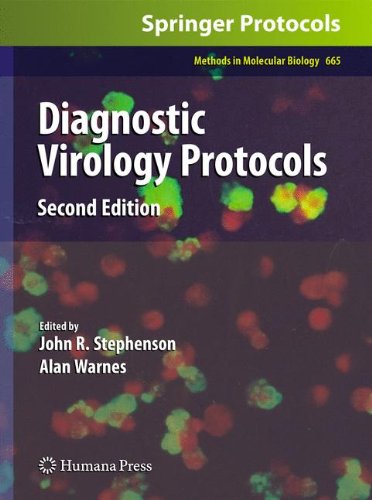

Most ebook files are in PDF format, so you can easily read them using various software such as Foxit Reader or directly on the Google Chrome browser.
Some ebook files are released by publishers in other formats such as .awz, .mobi, .epub, .fb2, etc. You may need to install specific software to read these formats on mobile/PC, such as Calibre.
Please read the tutorial at this link: https://ebookbell.com/faq
We offer FREE conversion to the popular formats you request; however, this may take some time. Therefore, right after payment, please email us, and we will try to provide the service as quickly as possible.
For some exceptional file formats or broken links (if any), please refrain from opening any disputes. Instead, email us first, and we will try to assist within a maximum of 6 hours.
EbookBell Team

4.7
46 reviewsRecent outbreaks of swine influenza and avian influenza, along with the remaining and in some cases expanding threats from HIV, dengue virus, and the viruses causing hepatitis, have reinforced the need for rapid, accurate and cost-effective diagnosis of viral disease. Diagnostic Virology Protocols, Second Edition brings the field fully up-to-date with a focus on protocols involving nucleic acid detection, most often through some form of the polymerase chain reaction (PCR). The expert contributors also delve into the key technology of robotics as well as future prospects, such as further refined point-of-care testing and the increasing importance of mathematical modelling. Written in the highly successful Methods in Molecular Biology™ series format, chapters include brief introductions to their respective topics, lists of the necessary materials and reagents, step-by-step, readily reproducible laboratory protocols, and tips on troubleshooting and avoiding known pitfalls. Authoritative and cutting-edge, Diagnostic Virology Protocols, Second Edition captures the dramatic changes in the virus diagnostic laboratory in order to better prepare scientists to combat the inevitable threats to public health from future and present infectious diseases.